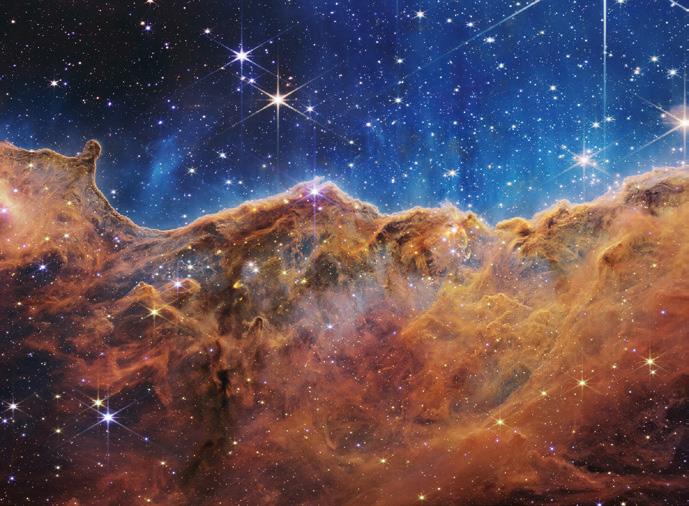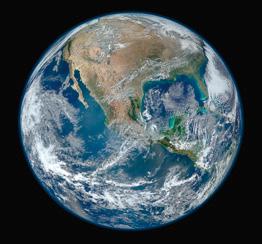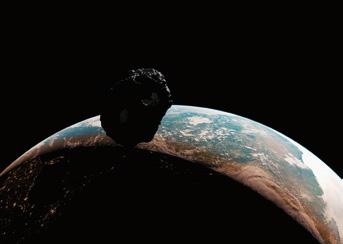
1 minute read
ThE UnIvErSe
Refresh What can you observe when you look at the sky?
2 Galaxies, nebulae and stars
Galaxies are a collection of nebulae and millions of stars.
• Nebulae are huge clouds of gas and dust. Stars come from nebulae.
• Stars are very large, hot balls of gas. They produce light and heat.
Our galaxy, the Milky Way, also has: satellites planets dwarf planets asteroids comets a) The Big Bang created the Milky Way / the Universe. b) Stars are very large, hot / cold balls of gas. c) Stars don’t emit / emit light and heat.
The Big Bang was a huge explosion that created the universe billions of years ago.
Nebulae produce stars.
1 Choose the correct option to complete the sentences.
2 Why is our galaxy called the Milky Way?
3 Other celestial bodies
• Planets are spherical, rocky and gaseous. They revolve around a star.
• Dwarf planets are also spherical, but they are smaller than planets.
• Satellites revolve around a planet. The Moon is Earth’s satellite.

• Asteroids are rocky objects that travel through space or revolve around a star or a planet.
• Meteorites are asteroids that collide with planets or satellites.

Small meteorites that disintegrate in the Earth’s atmosphere are called shooting stars.
• Comets are balls of dust and ice. They have tails of steam that shine when they get closer to stars. The most famous comet is Halley’s Comet.
3 a) What is the difference between an asteroid and a comet? b) How are asteroids, meteorites and shooting stars related?
Answer the questions.

4 4 Listen to the de nitions. Write the celestial bodies. satellites shooting stars comets planets
5 Look at pictures a-d. What types of celestial bodies do they show?

Language Bank
6 What type of celestial body is Pluto? Give reasons for your answer.
The comparative Dwarf planets are smaller than planets.





